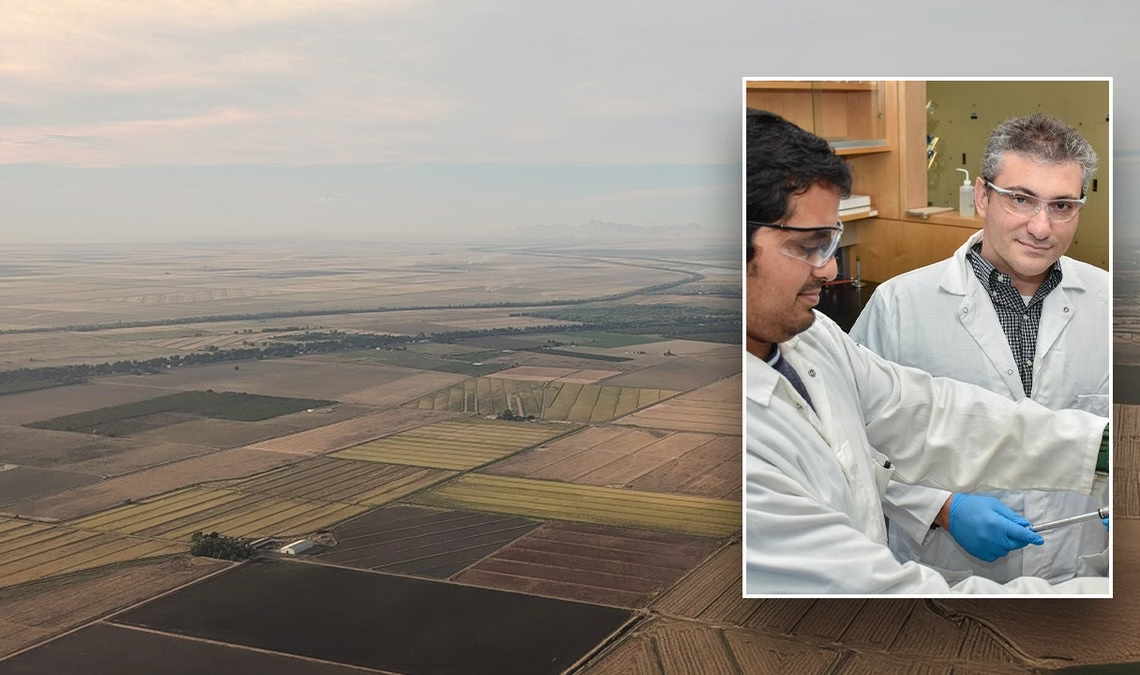In the 1930s, there were around 6.8 million farms in the United States. The size averaged at around 155 acres. Over the next several decades, the number of farms rapidly declined to around 1.9 million in 2023. Those farms grew larger, averaging around 464 acres.
As farming has changed over time, experts believe artificial intelligence (AI) can help farmers and producers make food faster and more efficiently.
FARMERS ‘BRUTALIZED’ AS COSTS ‘GO THROUGH THE ROOF’ IN LAST DAYS OF BIDEN’S AMERICA
“I think there’s a lot of potential for both increasing productivity on the crop side, but also for reducing the amount of resources that we use on the productivity side. There’s the data that we can actually collect to increase yields and improve the nutritional quality. But then there’s also the facilitate facilitating of reductions in labor availability,” said Mason Earles, an assistant professor at UC Davis in the departments of Viticulture & Enology and Biological & Agricultural Engineering and researcher at the AI Institute for Next Generation Food Systems or AIFS.
In the 1930s, there were around 6.8 million farms in the United States. In 2023, the number of farms declined to around 1.9 million. (AI Institute For Next Generation Food Systems)
The most recent data shows 41% of farmers reported labor shortages in 2018. That’s a 27% increase from those reporting shortages in 2014. The trend is expected to continue. The Bureau of Labor Statistics projects a 2% decline in workers through 2033 despite the number of job openings remaining the same.
“We do more with less. It’s not that it has no set way and has totally changed the traditional work, it is empowering, and it is increasing the productivity of existing workers,” said Ilias Tagkopoulos, a computer science professor at UC Davis and the director of AIFS.
AIFS is funded through a grant from the USDA Institute of Food and Agriculture. It is part of USDA’s effort to conduct more research on utilizing Artificial Intelligence in agriculture.
RURAL AMERICANS ARE MAD – AND THEY GAVE DEMOCRATS A RECKONING
“One of the big things that I specifically focus on, and we work at the Institute for Food Systems is trying to say, how can I make an impact in agriculture and food systems across the board? Whether that has to do with production of different types of vegetables, fruits, nuts, other types of meats or other types of foods,” Earles said. “There’s a lot of potential, we think, all the way from going from the…
Click Here to Read the Full Original Article at FOX News : Tech…

